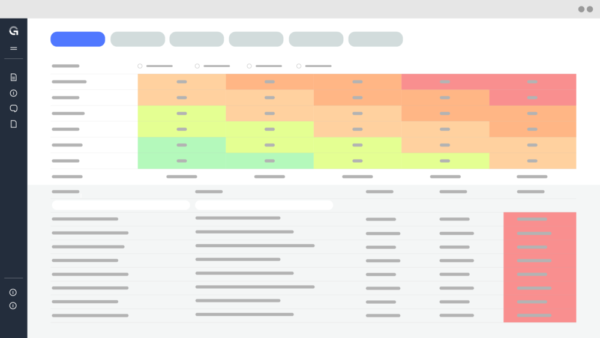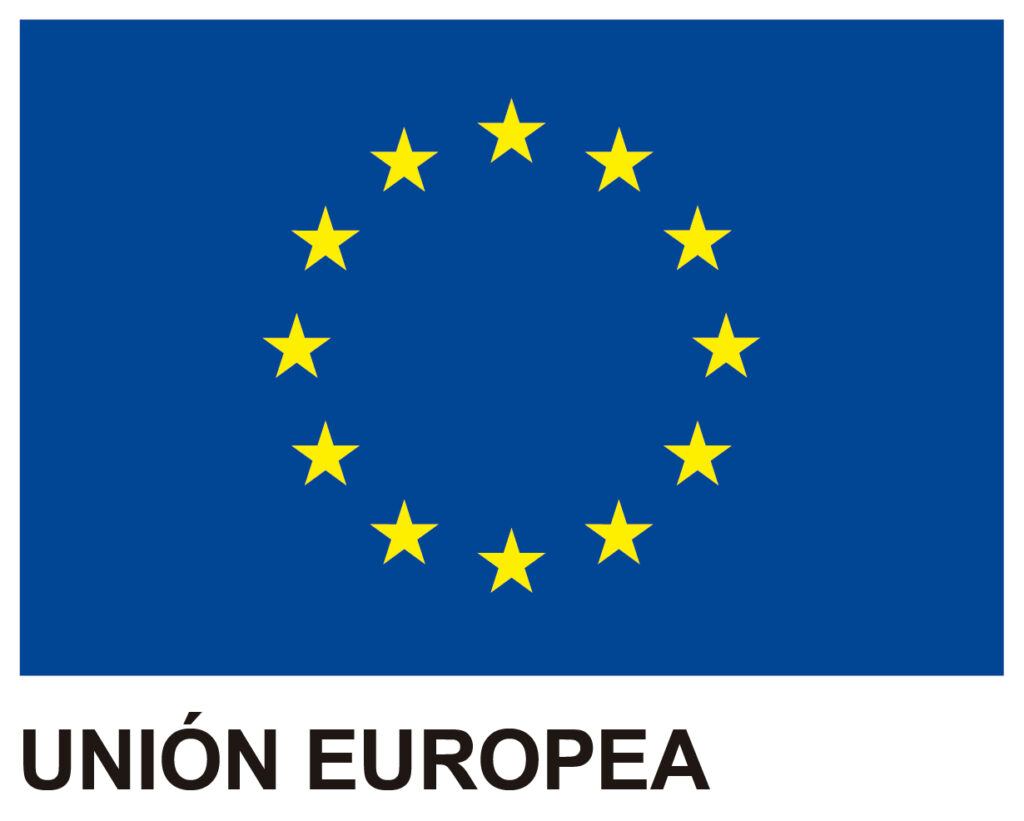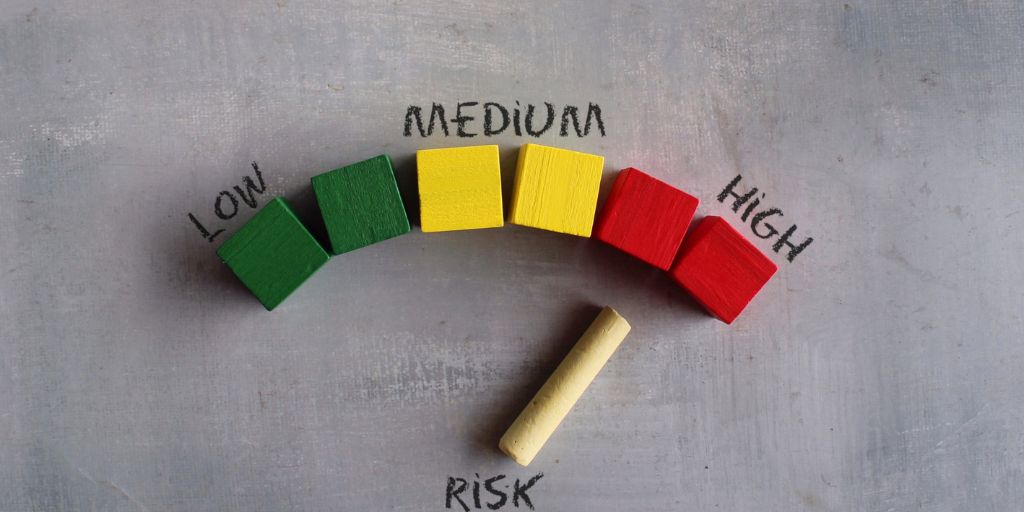What are Risk Indicators?
Key risk indicators, known as KRI (Key Risk Indicator), are used to determine the level of risk an organization has in the face of a specific threat or event that may occur and impact it. The risk indicator should be defined based on the organization’s risk appetite.
What is the Objective of Risk Indicators?
The objective of the KRI should be to alert the risk manager of a change in the threat trend, so that actions can be initiated for its treatment or prevention.
Based on a complete and regularly updated corporate risk map, risk indicators should serve to alert when a risk varies outside acceptable limits.
Usually, risk maps include dozens of considered threats that affect all areas of the company. Within this map, the key risks for the organization should be identified. Each of the key risks should have its defined risk indicator.
One could have a KRI for each threat identified in the corporate risk map, but as the number is usually high, we could lose focus on the most relevant risks for the organization and dilute the objective of the KRIs.
How Can Risk Indicators be Defined?
The KRI or risk indicator can be defined in various ways, depending on the aspect of the threat that interests us most. The vast majority of risk analysis methodologies are based on assessing the probability of occurrence of the threat and the impact it may cause on the entity once it materializes. KRIs can therefore be defined according to both aspects:
- Associated with probability, to measure changes in the calculation of probability, as the organization probably wants to avoid the event at all costs, for example, legal non-compliance.
- Associated with impact, to measure changes in the impact value of the threat. It is used when the organization cannot afford the threat to degrade its business processes, for example, natural disasters.
- An additional possibility is to define the KRI directly to the risk value that the threat has. It is used when we care about both avoiding it and evading its impact, for example, cyberattacks on computer systems.
- Finally, the KRI could be associated with the effectiveness of measures, safeguards or controls that the organization has implemented to prevent threats from materializing or to counteract their effects once they occur. A change in the level of effectiveness of these measures could leave the organization exposed to the threat.
Every KRI must include in its definition at least one alert threshold, so that if it is exceeded, by excess or by default as applicable, or simply if it is reached, the risk manager knows that the situation must be analyzed and as a consequence of this analysis, actions related to the controls linked to the threat may need to be initiated.
The KRI can have more than one threshold when an intermediate situation marked by risk appetite is to be measured, between risk exposure and excessive control of it, due to the waste of resources that this situation could cause.
For the set of defined KRIs to work, it’s not only necessary to establish what will be measured in relation to the associated threat and the linked thresholds. At the very least, a responsible person, a measurement frequency, and the source of information should be specified.
The risk manager’s function is to ensure that all data is available for each marked measurement period, as well as to analyze the values if the established thresholds are crossed.

GlobalSuite® Risk Map
At GlobalSuite Solutions, we offer the necessary advice and support for the implementation from scratch of a corporate risk map that provides the company with information about your situation against risks that may impact the achievement of your business objectives. Within the project, key risks for the organization are identified and risk indicators are proposed to help you in risk management.
In addition, we have the GlobalSuite® Risk Management software, entirely developed by our team, which allows the implementation, management, and maintenance of the risk map in all types of organizations and sectors. Having software that helps you automate the management of such a system will bring multiple benefits to your company when working on implementing risk management in your organization.



